Cannabis Foxtailing: Causes, Prevention, and How To Fix It
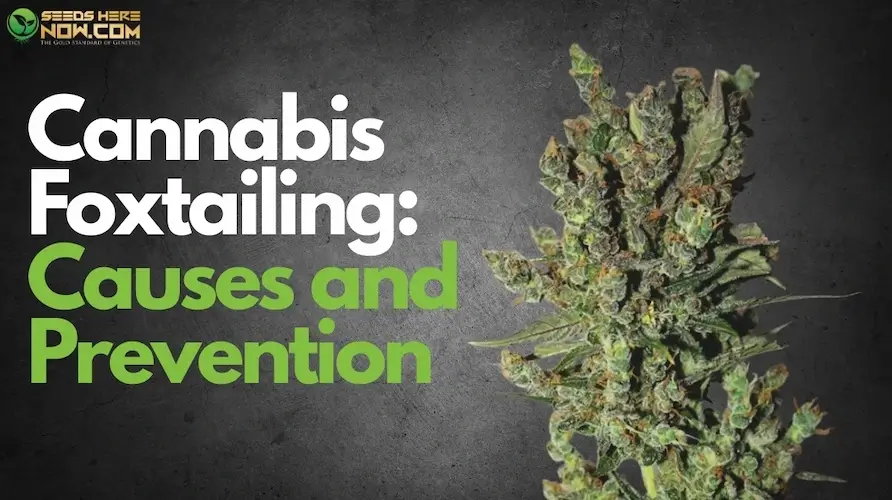
Introduction: What Is Cannabis Foxtailing?
Cannabis foxtailing is a phenomenon that can fascinate or frustrate growers, depending on the circumstances. It occurs when cannabis buds develop unusual, elongated shapes resembling the bushy tail of a fox. While some see foxtailing as a sign of unique genetics, others view it as a symptom of stress or environmental problems. Understanding what causes cannabis foxtailing, how to prevent it, and how to address it when it appears is essential for cultivating high-quality buds.
Whether you are a beginner grower learning the basics or an experienced cultivator fine-tuning your setup, every cannabis grower encounters foxtailing at some point. Recognizing the difference between genetic foxtailing and stress-induced foxtailing is key to making the right decisions for your plants.
What Does Cannabis Foxtailing Look Like?
Foxtailing occurs during the flowering stage, when buds begin forming in irregular, spiky structures rather than the dense, rounded colas that most growers expect. Instead of swelling into compact clusters, flowers continue producing new calyxes on top of old ones, often stacking vertically and creating a tower-like appearance.
Here are the most common visual signs of cannabis foxtailing:
-
Spire-like or finger-shaped bud growth.
-
New calyxes forming on top of mature buds late in flowering.
-
Uneven or elongated bud shapes that differ from the strain’s usual structure.
While foxtailing may look unusual, it is not always a cause for concern. In fact, in some cases, it is perfectly normal and even desirable.
Types of Cannabis Foxtailing: Beneficial vs. Stress-Induced
There are two primary types of cannabis foxtailing—genetic foxtailing and stress-induced foxtailing. The difference between them determines whether action is needed or not.
Genetic Foxtailing (Natural and Harmless)
Genetic foxtailing occurs naturally in certain cannabis strains, particularly sativa-dominant varieties and some exotic hybrids. This type of foxtailing is not a sign of stress or poor cultivation; it is simply the plant expressing its genetic potential. Some breeders even select for foxtailing traits to produce unique bud shapes or increase resin production.
If your plants are otherwise healthy—with no signs of light burn, nutrient toxicity, or heat stress—and the foxtailing appears consistent across multiple plants of the same strain, genetics are likely the cause. In this case, there is no reason to worry. Genetic foxtailing does not negatively affect potency, terpene production, or yield.
Stress-Induced Foxtailing (Problematic and Preventable)
Stress-induced foxtailing, however, is usually a red flag that something in your growing environment is off. This form of foxtailing is often triggered by external stressors like excessive light intensity, high temperatures, or nutrient imbalances. It typically appears sporadically and inconsistently across your grow, even among plants of the same strain.
Unlike genetic foxtailing, stress-induced foxtailing can negatively impact your harvest. Buds may become airy, trichome density can decrease, and overall potency may suffer. Identifying and correcting the cause quickly is crucial to minimizing damage.
What Causes Cannabis Foxtailing?
To effectively prevent or fix cannabis foxtailing, you need to understand its underlying causes. While genetics can’t be changed, environmental factors and cultivation practices are within your control.
Light Stress and Intensity
Excessive light is the most common cause of stress-induced foxtailing. When plants receive too much intense light—particularly from powerful LEDs placed too close to the canopy—they respond by producing new calyxes in an attempt to protect themselves. This often results in upward, elongated bud growth.
How To Fix It:
-
Follow manufacturer guidelines for light distance and wattage.
-
Use a PAR meter to ensure optimal PPFD levels (600–900 µmol/m²/s during flowering).
-
Gradually adjust light intensity when switching fixtures or moving plants.
Heat Stress
High temperatures, especially above 85°F (29°C), can accelerate foxtailing. Combined with intense lighting, heat stress creates an environment where plants continue stacking calyxes instead of maturing properly.
How To Fix It:
-
Maintain temperatures between 68°F and 78°F (20°C to 26°C) during flowering.
-
Increase airflow and ventilation to prevent hot spots.
-
Use oscillating fans and exhaust systems to remove excess heat.
Nutrient Imbalances
Excess nitrogen during the flowering stage is another common cause of foxtailing. Nitrogen encourages vegetative growth, and too much of it late in the cycle can prompt plants to keep producing new tissue rather than focusing on ripening existing buds. Similarly, deficiencies in phosphorus or potassium can weaken bud development and contribute to abnormal growth.
How To Fix It:
-
Switch to bloom nutrients at the onset of flowering.
-
Avoid nitrogen-heavy feeding late in the cycle.
-
Flush your medium periodically to prevent nutrient lockout and salt buildup.
Genetics
If your grow environment is dialed in and foxtailing still occurs consistently across the crop, genetics are the likely cause. Some strains—especially tropical sativas and landrace varieties—are naturally predisposed to produce elongated, tower-like bud structures. In these cases, foxtailing is normal and not a sign of stress.
How To Prevent Cannabis Foxtailing
The best way to manage foxtailing is to prevent it from happening in the first place. By maintaining optimal growing conditions and monitoring your plants closely, you can minimize the chances of stress-induced foxtailing.
Here are proven strategies to prevent cannabis foxtailing:
-
Optimize Light Distance: Follow the recommended distance for your grow lights and avoid placing them too close to the canopy.
-
Monitor Light Intensity: Use a PAR meter and adjust your setup to deliver ideal PPFD levels.
-
Control Temperature and Humidity: Keep flowering temps below 80°F and relative humidity between 40% and 50%.
-
Balance Nutrients: Transition to bloom-specific nutrients and avoid overfeeding nitrogen in late flower.
-
Promote Air Circulation: Good airflow prevents heat pockets and ensures even light distribution.
-
Choose the Right Strains: If dense, traditional buds are your goal, opt for indica-dominant strains known for tight flower structures.
Is Foxtailing Bad for Cannabis Quality?
Whether cannabis foxtailing is bad depends on its cause. Genetic foxtailing is not harmful and does not impact the potency, flavor, or yield of your harvest. In fact, some growers appreciate the unique appearance and increased resin surface area that foxtailing buds offer.
However, stress-induced foxtailing can have negative consequences. Airy buds, lower cannabinoid content, and reduced trichome production are common outcomes. While potency may not always be drastically affected, the visual appeal—known as “bag appeal”—often suffers. For commercial growers, this can mean lower prices even if the chemical profile remains strong.
What To Do If Your Plants Are Already Foxtailing
If you notice foxtailing during flowering, you can still take steps to minimize further development and preserve bud quality.
-
Adjust Light Distance: Raise your lights or dim them to reduce intensity and prevent further stress.
-
Lower Temperatures: Improve ventilation or upgrade your cooling system to keep temps in the optimal range.
-
Review Your Feeding Schedule: Check for excess nitrogen and adjust your nutrient mix accordingly.
-
Avoid Late-Stage Stress: Minimize pruning or other stressors in the final weeks of flowering.
Even if some foxtailing has occurred, taking corrective action early can help the rest of your harvest develop normally.
Can Foxtailed Buds Still Be Used?
Yes. Even if cannabis buds look unusual due to foxtailing, they can still be potent and flavorful, especially if the cause is genetic rather than stress-induced. For personal use, foxtailed buds perform just as well as traditional ones. The main drawback is typically aesthetic, which matters more in commercial settings than for home growers.
FAQs About Cannabis Foxtailing
Does cannabis foxtailing affect yield?
It can. Genetic foxtailing usually does not reduce yield, but stress-induced foxtailing may result in lighter, less dense buds.
Can foxtailing increase potency?
Not directly. While some claim the increased surface area can support more trichome production, potency is more closely tied to genetics and overall plant health.
Is foxtailing reversible?
Once buds have foxtailed, their shape will not change. However, you can prevent further foxtailing by correcting the underlying cause.
Are certain strains more prone to foxtailing?
Yes. Sativa-dominant strains and certain hybrids are naturally more likely to foxtail due to their genetic makeup.
Final Thoughts: Embrace or Eliminate?
Cannabis foxtailing is neither inherently good nor bad—it is a signal. It tells you something about your plant’s genetics, environment, or cultivation practices. If your goal is to grow dense, traditional buds, environmental precision and nutrient balance are essential. But if you enjoy exploring exotic genetics and unique bud structures, genetic foxtailing might be a trait worth embracing.
By learning how to identify, prevent, and respond to cannabis foxtailing, you will be better equipped to produce healthy, high-quality harvests every time. Whether you view foxtailing as a flaw or a feature, understanding it is a vital step in becoming a more skilled and knowledgeable cannabis grower.
Suggested Articles
;)
;)
;)



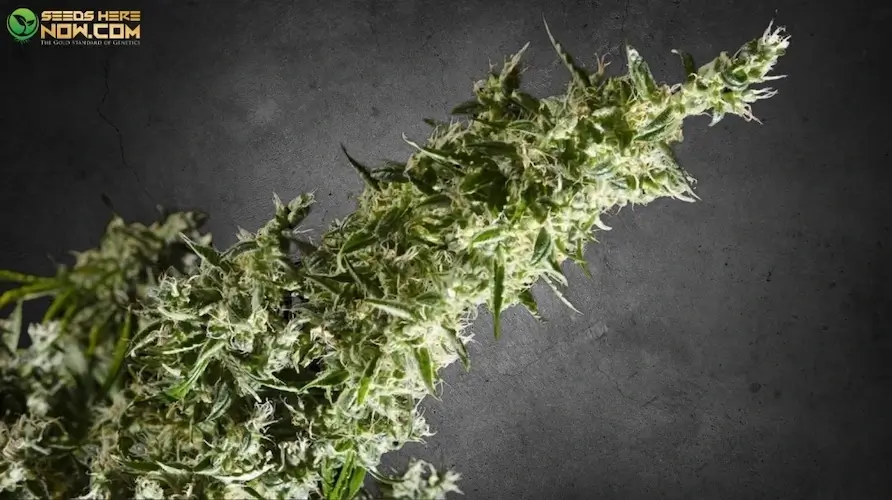
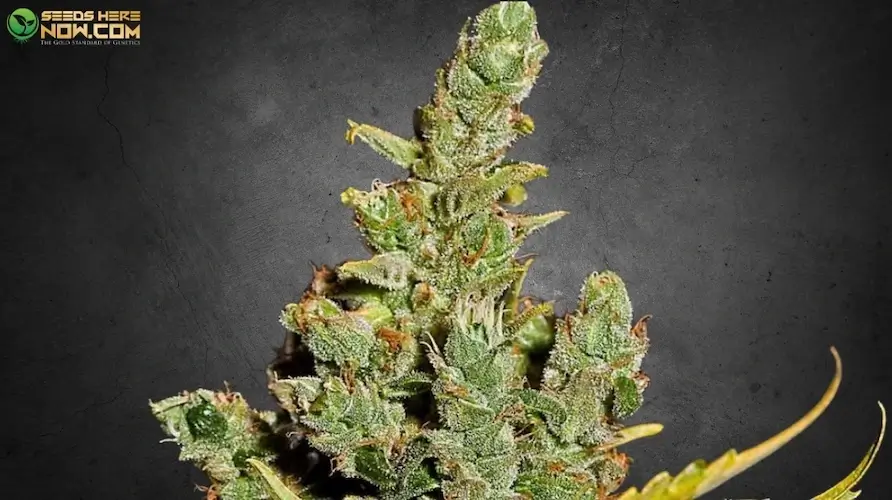
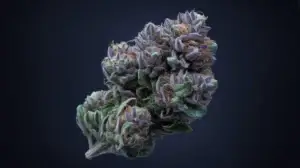
 17 Oct 2025
17 Oct 2025  10 min read
10 min read

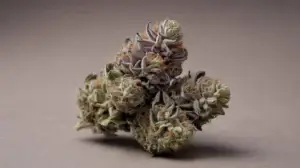
 September 26, 2025
September 26, 2025 


RESPONSES (0)
No responses yet. Be the first to respond!